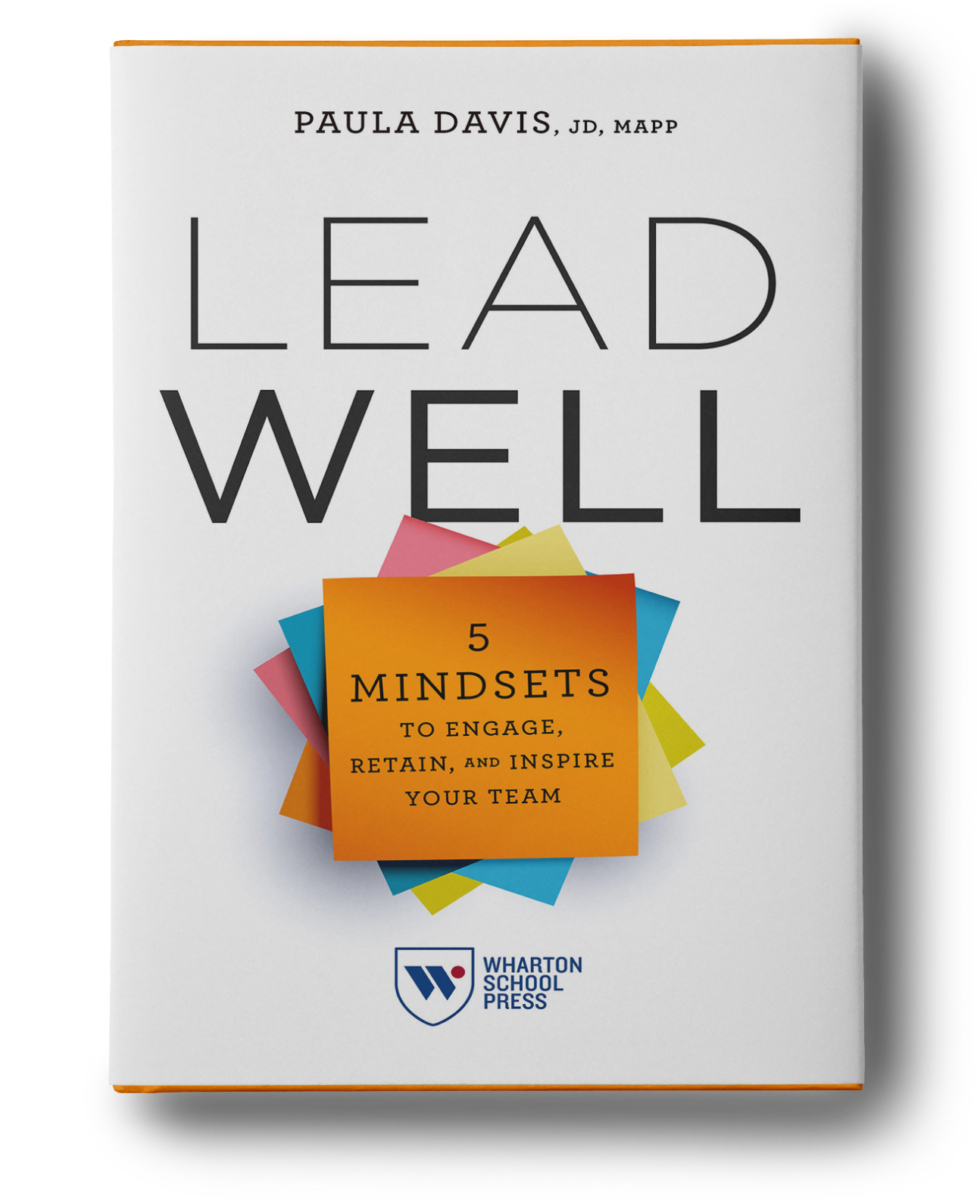I was scrolling through my Twitter feed yesterday when I saw Dr. Richard A. Friedman’s article “Is Burnout Real?” in the New York Times. As a former burnout sufferer, I read Dr. Friedman’s article with much disappointment. To be clear, burnout is real. And it’s also a complicated and nuanced syndrome (or whatever it’s being called these days). I’m interviewed about the subject at least monthly, and I spend a great deal of time educating folks about what burnout is and what it isn’t. Burnout is not medicalizing everyday stress, as Dr. Friedman states, and part of the problem is that people are often loose in their language when they talk about the topic, so here are some facts.
Burnout is a workplace issue – a chronic process of exhaustion, cynicism, and inefficacy caused by a disconnect or an imbalance between key job demands, job resources, and your ability to recover both at work and outside of work. The most important part of this definition is the word “chronic.” Burnout doesn’t just spring up overnight – it simmers over a period of time, for many people, over the course of years. More importantly, burnout is mainly a systemic problem caused by systemic issues within organizations, not just individuals and their ability (or inability) to respond to stress.
In Christina Maslach and Michael Leiter’s Areas of Worklife model, they explain key job stressors in terms of person-job imbalances, or mismatches, and identify six key areas in which these imbalances take place:
- Workload (You have enough time to do what’s important in your job)
- Control/Autonomy (You have influence in the decisions affecting your work)
- Reward (Your work is appreciated)
- Community (You are a member of a supportive work group)
- Fairness (Opportunities are decided solely on merit)
- Values (Your values and the organization’s values are alike)
The research reveals that the greater the mismatch between the person and each of these specific job areas, the greater the likelihood of burnout. This imbalance or mismatch creates the conditions that are likely for burnout to flourish.
This chronic stress often creates other issues. I think of burnout as a “gateway process” because it opens the door to other things like depression, anxiety, panic attacks, and other physical, psychological, emotional, and behavioral concerns. As a result, doctors and mental health professionals can easily miss burnout warning signs because they tend to look like symptoms for other illnesses, and doctors and mental health professionals might not be familiar with the key role that workplace culture and environment play.
Here are just some of the warning signs of burnout:
Physical: frequent headaches, getting sick more often than usual, exhaustion, stomach, and digestive issues, restlessness, can’t sleep, heart palpitations, chest pain
Psychological: Panic attacks, increasing feelings of anger, frustration and irritability, feeling hopeless, helpless, and pessimistic, loss of enjoyment for activities you once loved
Behavioral: Drop in productivity, increased absenteeism, isolation – wanting to eat lunch alone or just be alone, becoming a poor team player, increased alcohol/drug use
One of the more frustrating aspects of burnout is that leaders often aren’t educated about the difference between everyday stress and burnout, or may even be experiencing burnout themselves. As a result, when employees disclose burnout to a manager, he or she may minimize this ask for help by saying, “Just take Friday off” or “Go on a vacation.” Days off and vacations don’t cure burnout.
I run my own growing business, travel about a third of each month, and have a three-year-old at home. I know stress. I also know burnout from having experienced it at the end of my law practice. There is a definite difference. Everyday stress means I may forget to pick up an item at the grocery store, send my daughter to school with two different color shoes or need to buy take out three nights in a row for dinner. Burnout meant I was getting panic attacks every week, in the emergency room for intense stomach pain and I had disconnected from the very people who used to give me energy both at work and outside of work. These are two very different pictures.
Most people don’t burn out at work, but rates of burnout are increasing across industry. Articles such as Dr. Friedman’s do a real disservice to the many people who really are suffering at the hands of unforgiving workplace cultures, designed to exhaust talented professionals rather than motivate and engage them.
Please click here to order my book, Beating Burnout at Work: Why Teams Hold the Secret to Well-Being and Resilience.







